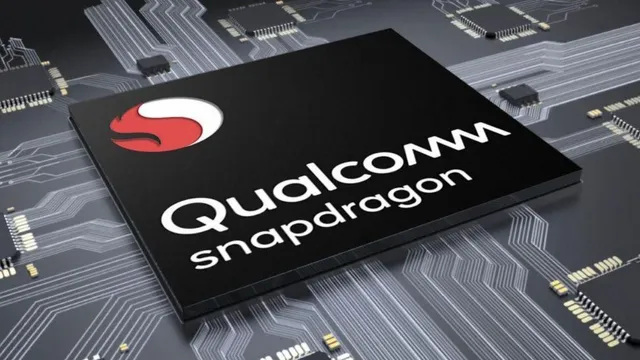- By Alex David
- Tue, 21 Oct 2025 06:02 PM (IST)
- Source:JND
Qualcomm unveiled their Snapdragon 8 Elite Gen 5 last month to much fanfare and excitement, and rightly so: it promises desktop-level power efficiency while being one of the fastest mobile processors ever made – benchmark records were broken almost instantly! But here's the catch: despite this impressive performance, Qualcomm's latest chip still lacks one of Android's most promising new features – Linux Terminal.
And that’s not just a small omission. It means that despite all its power, the Snapdragon 8 Elite Gen 5 can’t run full Linux desktop apps on Android — something competing chipsets can already do.
What Is the Linux Terminal and Why It’s a Big Deal
The new Linux Terminal for Android devices allows them to run full Linux apps such as GIMP, LibreOffice or even Android Studio directly on their phone or tablet, via Google's Android Virtualisation Framework (AVF). A virtual machine runs Debian Linux within Android in order to make this possible.
ALSO READ: OnePlus 15 Confirmed To Pack A Massive 7,300mAh Battery With 120W Fast Charging
That’s huge for developers and power users. Imagine coding, photo editing, or even playing desktop games on your Android device — no cloud streaming required.
But here’s the issue: not every device can use it.
Why Snapdragon Chips Can’t Run It
To run the Linux Terminal, two conditions need to be met:
- The device must support AVF (Android Virtualisation Framework).
- It must support non-protected virtual machines (VMs) — meaning the host operating system can access the memory inside those VMs.
Most flagship phones launching with Android 16 support AVF out of the box. However, Qualcomm’s Snapdragon chips only support protected VMs, which are designed for more secure use cases like Play Protect’s live threat detection — not for running full Linux environments.
Samsung's Galaxy Z Flip 7 (powered by Exynos 2500) can run the Linux Terminal, while the Z Fold 7 (using Snapdragon 8 Elite Gen 5) cannot.
Confirmed: Snapdragon 8 Elite Gen 5 Lacks Support
Developer MlgmXyysd tested the Linux Terminal on the Xiaomi 17 Pro, powered by Snapdragon 8 Elite Gen 5, and shared a screenshot showing an error message:
“Non-protected VMs are not supported on this device.”
Further examination revealed that this chipset only supports protected VMs – similar to its predecessor. Meanwhile, the MediaTek Dimensity 9400+ in the Xiaomi 15T Pro handles the Linux Terminal perfectly well.
Qualcomm’s Response
When asked about the missing feature, Qualcomm provided the following statement:
“Our priority is to deliver technology that meets the evolving needs of our OEM partners and their end consumers, and as the Android ecosystem continues to expand its virtualisation use cases, we remain poised to support emerging requirements, including non-secure use cases like the Linux Terminal, should market demand arise.”
In simple terms, Qualcomm doesn’t see enough demand for it yet.
That’s disappointing, especially since Google designed the Linux Terminal to help developers build and test Android apps directly on Android devices. The feature is also a step toward making Android a true productivity and development platform — not just a mobile OS.
ALSO READ: Samsung Galaxy A73 Receives One UI 8 (Android 16) Update: Its Final Major Software Upgrade
Who Supports It Right Now
If you want to try out the Linux Terminal today, you’ll need a device powered by one of these chipsets:
- Google Tensor G1 or later
- MediaTek Dimensity 9400+ or newer
- Samsung Exynos 2500
Notice what’s missing? Any Qualcomm Snapdragon processor — including the new Elite Gen 5.
The Bottom Line
The Snapdragon 8 Elite Gen 5 is undeniably powerful, Qualcomm's decision not to support non-protected virtual machines (VMs) severely limits its utility for developers and enthusiasts. While Qualcomm may claim otherwise, their software policy actually prevents developers and enthusiasts from fully capitalising on this powerful chip's potential.
If Qualcomm wants to keep leading the Android performance race, it may need to start listening to what power users actually want. Because right now, the Linux Terminal might be the most exciting Android feature Qualcomm users can’t use.

